Europe + Mediterranean: Convective phenomena at high resolution over Europe and the Mediterranean

Damaging weather events are often associated with extreme convective precipitation (Ducrocq et al. 2014). Convective cells occur due to rapidly ascending motions in areas of moisture convergence in regions of conditionally unstable atmospheric stratification. They can form anywhere in Europe and in Mediterranean areas, over homogeneous plains, or can develop from orographic barriers, land/sea or urban/rural contrasts. Convection induces a variety of potentially severe consequences such as heavy rainfall, flash floods, short-lived windstorms, hail and/or lightning.
Climate change potentially alters convection, making extreme precipitation more extreme, and also potentially modifying large-scale conditions (atmospheric circulation and stratification) making convection less or more favorable. This induces changes in return periods of precipitation extremes.
The study of convective precipitation events and their evolution under human-induced climate change is therefore of particular importance, and it is also timely:
- Large field campaigns dedicated to the study of heavy precipitation events such as HyMeX (Ducrocq et al., 2014) and gridded high-resolution precipitation datasets (typically hourly, kilometer scale) , often merging station and radar data (Wüest et al. 2010, Delrieu et al. 2014) now provide a wealth of observations;
- Computer capacity and model development now allow limited-area convection-permitting climate simulations at longer time-scales (Kendon et al., 2012, 2014; Ban et al., 2014, 2015, Leutwyler et al., http://www.c2sm.ethz.ch/research/crCLIM.html), enabeling a quantum jump in atmospheric climate modeling;
- Homogeneous observation data sets collected over the years now unveil emerging trend signals in most extreme precipitations, particularly at sub-daily time scales (Westra et al., 2014) and in Mediterranean and Alpine mountain ranges (Vautard et al., 2015; Scherrer et al. 2016)
- Several issues linked to detection, attribution, and downscaling of the very localized consequences of extreme convective events can now benefit from recent progress in advanced statistical methods combined with advances in dynamical modeling (Beaulant et al., 2011).
Convective extreme events are a priority under the WCRP Grand Challenge on climate extremes, because they carry both society-relevant and scientific challenges that can be tackled in the coming years. Further, “coordinated modeling programs are crucially needed to advance parameterizations of unresolved physics and to assess the full potential of CPMs” (Prein et al., 2015)
The proposal reflects a number of FPS criteria and aims to enlist research groups beyond the current CORDEX community. Present and future convective extremes and their processes will be investigated with models at convection-permitting resolutions over selected sub-regions of Europe and the Mediterranean. Advanced statistical techniques will also be employed in parallel to evaluate the performance of dynamical models and to, potentially, serve as emulators of convective extremes, as well as detect and attribute their changes. The added value of fine scale representation of convection will be rigorously evaluated with respect to both coarser resolution simulations up to GCM scales and VIA applications. The availability of observational datasets at very high resolutions in both space and time allows unprecedented evaluation opportunities. The FPS mobilizes the Euro- and Med-CORDEX communities and is also open to new partners who bring fresh perspectives and expertise to bear on issues surrounding convective phenomena.
Contact persons:
Erika Coppola coppolae@ictp.it
Stefan Sobolowski stso@norceresearch.no
Website:
CORDEX FPS-convection
Reports:
Annual Report 2017
Annual Report 2018
Annual Report 2019
Annual Report 2020
Annual Report 2021
Annual Report 2022
Presentations:
Presentation from ICRC-CORDEX2019
SAT-member:
Jason Evans
